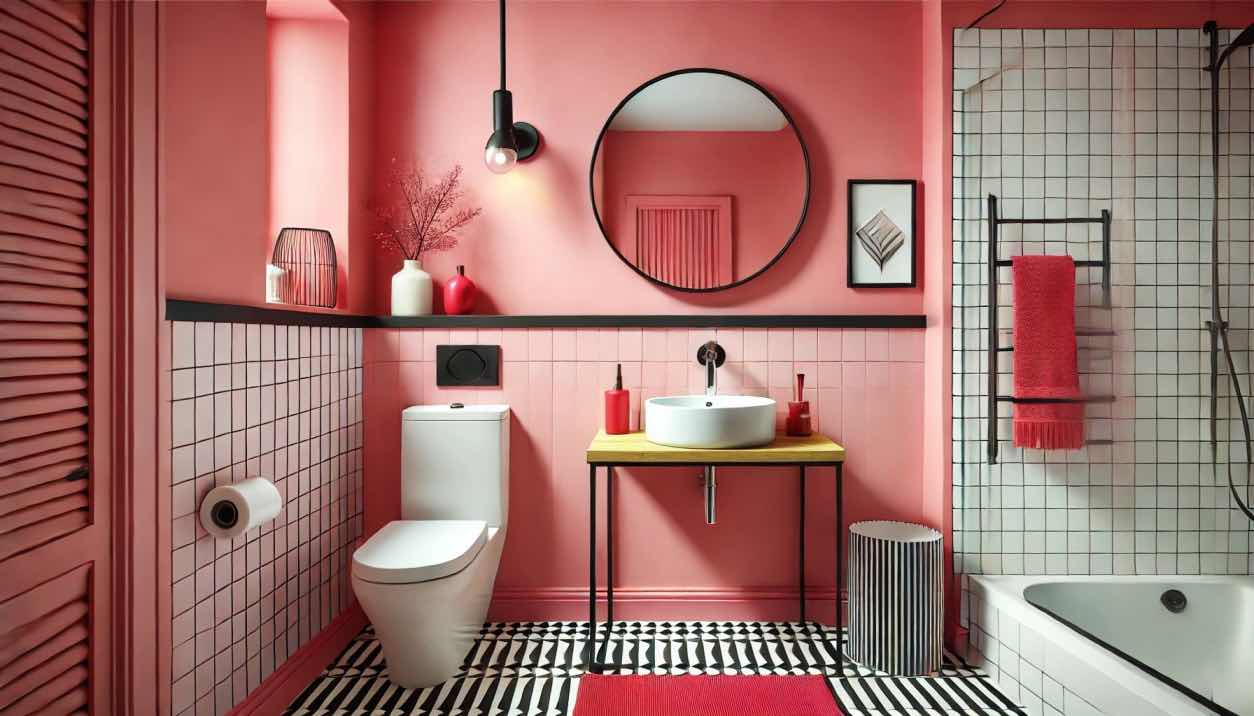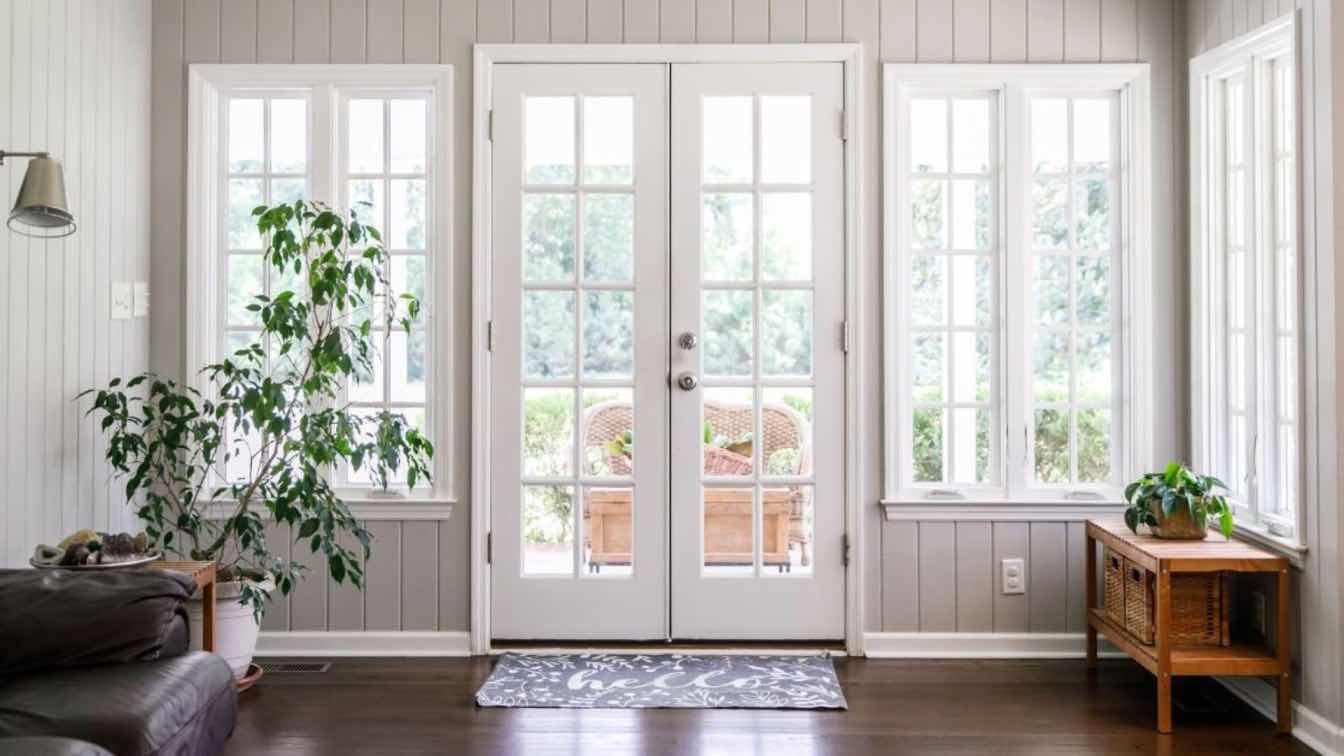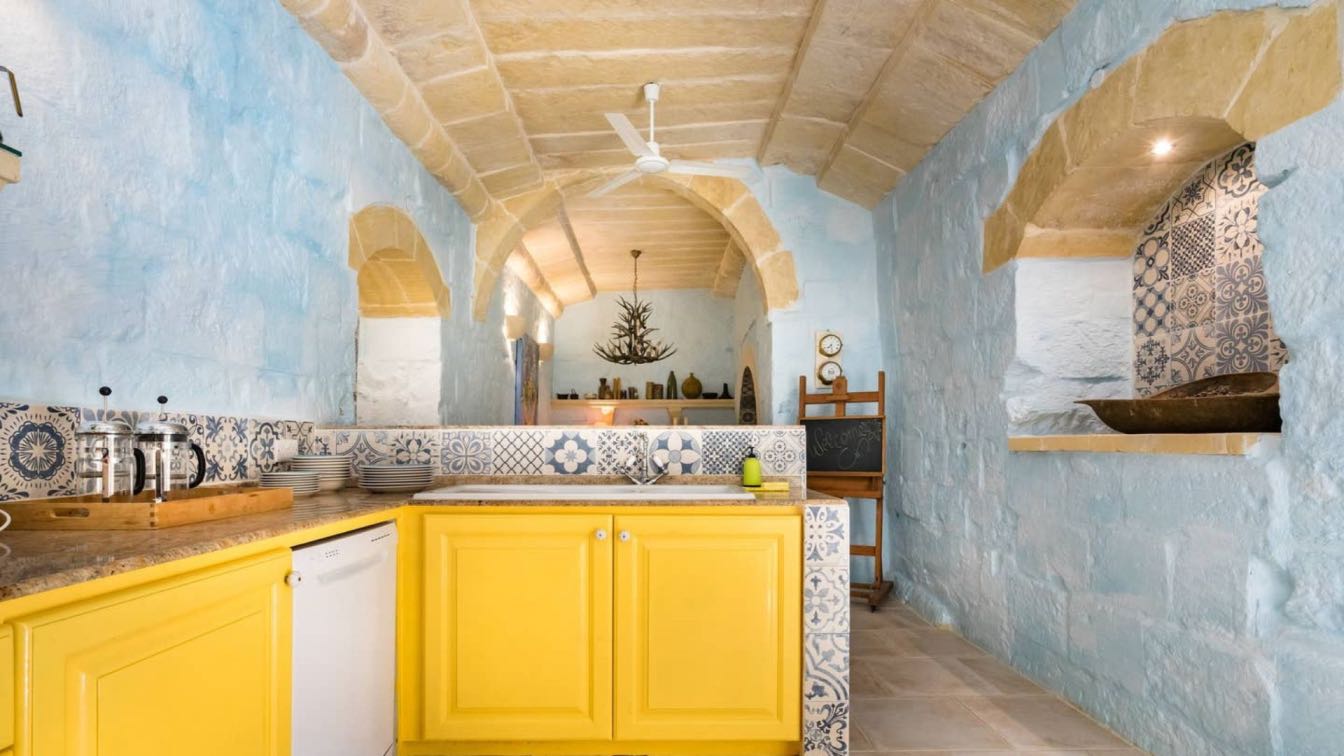For as long as humankind has constructed buildings, architecture has become a defining aspect of the overall design. Early buildings were exceptionally simple. This was in part because of the materials that were available to early settlers and the skills and knowledge that were present in ancient times. The first permanent settlements date back to the Stone Age, some 14,000 years ago, and the construction of the buildings was crude by modern standards. However, as time passed and building techniques improved, new knowledge was applied to the design and construction of homes, agricultural structures, and other buildings.
Today, some hugely impressive feats of architecture can be seen in the design of modern bridges, modern places of worship, and business premises. A range of building techniques, civil engineering knowledge, and other specialist skills are required to ensure that these structures are fit for purpose and last for the longest possible period.
For non-architects, it may be difficult to imagine how modern designs play a key role in modern life. Put simply, the design of buildings can influence how people think about the world, and what humankind can achieve, even affecting the mood of people who visit or live in the constructions. This article will focus on how architecture influences modern living. Consideration will be given to minimalist architectural design practices (and how they can be incorporated into the home environment), along with a discussion of modern architectural practices in virtual spaces and sustainable methods of construction.
Exploring minimalist architectural designs at home
Minimalist architectural practices began as a post-war movement and became a key influence on architects and designers during the 1960s and 1970s. It involves an emphasis on creating simple structures and promoting the idea of “less is more” in building design and layout. Homes are typically designed with simple structures rather than intricate building work and often give more space in key rooms, with an emphasis on letting natural light pour into the building.
The key concepts of minimalist architecture may be applied in modern room design, even if you’re not fully aware of the concept. For example, millions of employees now enjoy remote working or hybrid models of work. They will typically create a dedicated home office in their property to allow them to work effectively and with the minimum of distraction. Here, minimalist design concepts are employed by creating a space that’s free of clutter and has few other structures other than a desk, chair, and business IT equipment.
Ideally, these spaces will also feature an abundance of natural light, with large windows or skylights providing a natural source of illumination that promotes focus during the working day. If you’ve designed a home office yourself, you may have inadvertently obeyed a range of minimalist design and architectural concepts without even realizing it!
Mimicking physical spaces in the virtual world
Architecture is no longer confined to the physical world. Key concepts and techniques of architectural best practices can be applied to virtual spaces to mimic those that are found in real life.
One prime example of this can be found in the design of online casinos, such as can be seen at stellar spins online casino. Here, digital designers seek to recreate the look and feel of an authentic, high-class bricks-and-mortar venue. The virtual spaces feature the same bright color schemes and flashing lights that are designed to provoke excitement in visitors as they would in a physical venue. The design ethic revolves around a space exploration theme and influences the choice of virtual slot machines along with the website logos, banners, and loyalty reward options.
In 2024, it’s important to recognize that design concepts and architectural techniques can be just as effective in creating excitement in the virtual world as they can in physical locations.
The need for sustainability in modern building designs
Finally, architectural practices have shifted in the last decade. There’s now a greater emphasis on designing structures that rely on sustainable materials and are eco-friendly. This change has occurred as the world has noticed the effects of climate change and global warming. Put simply, these concepts are no longer theories, they can be evidenced in more severe weather patterns (such as flooding, extreme temperatures, and droughts) that are occurring far more regularly than in recent history.
Modern buildings are now designed with sustainability in mind. The use of materials such as bamboo (which can be grown sustainably at a rapid rate), and recycled concrete are becoming more commonplace in building construction. Concrete is one of the largest contributors to CO2 production and reclaimed or recycled concrete will likely be used in greater volumes in the coming decade.





